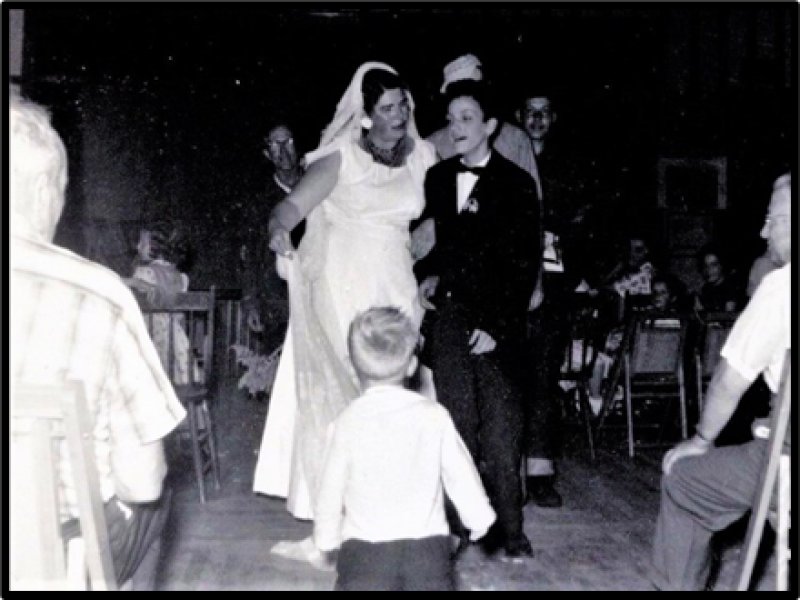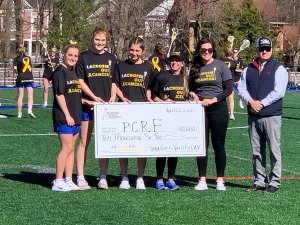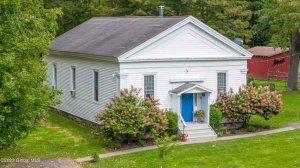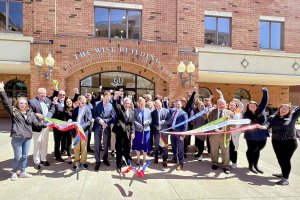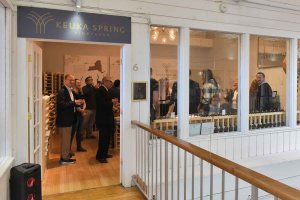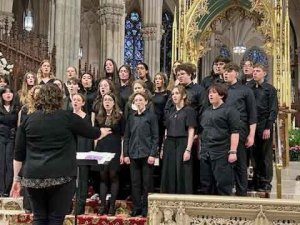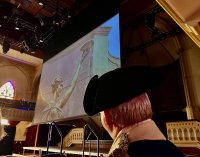The Grange, formally known as “The Patrons of Husbandry,” was introduced to Saratoga County in 1890, twenty-three years after the agricultural organization’s founding and twenty-two years after the nation’s first local chapter was established in Fredonia, NY. In the 1880s and into 1890, New York State Grange sent organizers in the field to build up membership. One reached Saratoga County in 1890.
Organized as a ritualistic fraternity copied after the Masonic Order, the Grange was formed in 1867 by Washington D.C. bureaucrats as a solution to the devastation experienced by Southern agriculture during the Civil War. The organization was quickly modified to become a farmer’s union fighting the railroads’ high fees and attacking the economic system that sucked away the value of farm labor.
The communities of Charlton, Stillwater, Milton, and Ballston formed Subordinate Granges in 1890. They were so called to indicate the lowest rung in Grange hierarchy. Above the Subordinates were (and still are) Pomona (county), State, and National levels. Ironically, as a grassroots organization, policies and leadership rose from the local affiliates. Of the four, only Milton exists. The efforts of Ballston and Charlton faltered early on. Stillwater continued as an active Grange until the 1990s.
By the mid-20th century, Grange Halls were found in the towns of Ballston, Charlton, Clifton Park, Corinth, Galway, Greenfield, Malta, Milton, Northumberland, Saratoga, Stillwater, and Wilton. The Grange represented small family farms, and many of them turned to the Grange for support after WWII, when technology and agri-business began to drive American agriculture. The niche the Grange had carved out for itself was disappearing, and by the early 1960s it strived to be something for everyone. Today, in addition to Milton, Greenfield and Corinth survive. All three had to modify their mission to exist.
The name, “Grange,” and that of its officers: Master, Steward, Assistant Stewards, Gatekeeper, Chaplain, and Lecturer were taken from the Romanticism of the period, which looked upon the English model as the pinnacle of human civilization. Later given the title of “Social Darwinism,” this association with medieval England was intended to instill pride and worthiness among members. With straight faces, Grangers announced to new initiates, “Agriculture is the first and noblest of all occupations.”
As a fraternity, the Grange was unique. Women were admitted as fraternal members equal to men. Long before universal suffrage, women were leading Subordinate and County Granges. While to today’s ears the early language of the order’s first degree sounds condescending and archaic, in the late 19th century it was radical. “I greet these sisters as worthy members of our order. Woman is the educator of youth and our co-student through life; and to accomplish this she must acquire knowledge and wisdom. Education adds the greatest charm to woman- it is . . . an ornament in prosperity and a refuge in adversity.”
While all offices were open to women, it was not so with men. The positions of Flora (dispensing charity), Ceres (ceremonies for the dead) and Pomona (distributing the harvest) were to be held by women. The office of Pomona was traditionally given to a male Master’s wife. The two offices were positioned next to each other in the meeting hall, and it was assumed the male Master needed the support. These offices named after Roman goddesses had a subtle role. Knowledge of the classics was equated with education. Early Grange manuals ended with, “. . . the great and grand object, and crowning glory of our organization is to EDUCATE AND ELEVATE THE AMERICAN FARMER.”
When M. W. Bigelow, State Grange’s emissary, came to Saratoga County in 1890, he was talking dollars and cents to encourage farmers to form Granges. Ten couples and two fellows listened to his talk and signed up as charter members, forming Milton Grange #685. A month later, the young organization wrote to “some of the groceries in the Trade list to get prices.” Two years later, it was noted, “Grange trade for the quarter amounted to $156.20.” Bigelow also instructed in the ritual and ensured the new Granges would conform to the norm.
Although it seemed to be a footnote to socializing, use of the Grange for education was not ignored. In October of Milton Grange’s first year, a special meeting was held at which topics of “Views of Butter Making,” “Yeast Making,” “Preparing Milk for the Saratoga Market,” “Bridges,” and “Canning Fruit” were interspersed with music and readings. In 1906, National Grange encouraged members to discuss Federal funding for parcel post and highways, direct election of senators, and more stringent pure food laws.
Milton Grange first met during the week in mid-afternoon, usually beginning between 2 and 3 o’clock. Farm work began early, and by noon horses needed rest. Grangers returned home in time for evening chores. By 1911, Milton Grange was sometimes meeting in the evenings. Bacon Hill Grange, organized in 1897, convened in evenings and set its “monthly” meeting by the full moon so the horse and driver had light. The tradition continued well into the 1960s.
Food was central to the Grange. Arguably, it was more by consumption than production. Initially, Granges met at members’ homes or in a rented space. Holding dinners as fund raisers was out of the question, but meetings often concluded with a “feast.” Granges strove to acquire property and build a hall. To meet construction costs and cover overhead every Grange Hall was designed for dancing and public dinners. Once a hall was constructed, Granges became social centers of their communities. Many a person overate at Grange suppers, and many couples met at Grange dances and later married.
The marriage of a Grange member as a result of a dance was a special event. On August 19, 1962, Milton Granger, Hiley Armer married Mary Jane Eliason. Never having been in Milton Grange’s Hall, Mary Jane unwillingly agreed to attend a dance. Hiley asked her to be his partner, neither expecting it to be a life-long relationship. Members of Milton Grange celebrated the nuptials by staging a mock wedding for friends, family, and fellow Grangers. The 14-year-old hapless “groom” was no match for the much older, domineering “bride,” to the hilarity of the audience.




